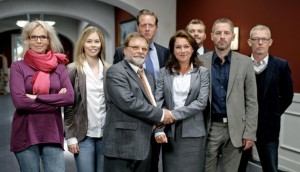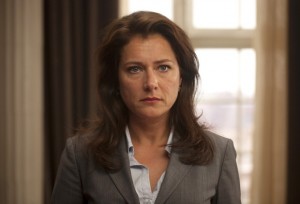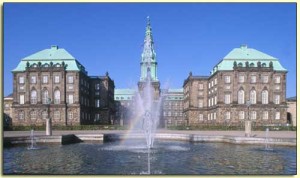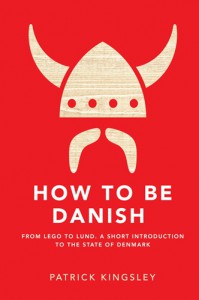 I’m not sure when I first heard the word “Borgen” but the way it was spoken – in hushed admiration, shared like a state secret – made me know I had to watch.
I’m not sure when I first heard the word “Borgen” but the way it was spoken – in hushed admiration, shared like a state secret – made me know I had to watch.
Finding a way to watch the show was not so easy, it turns out. After searching Amazon and Hulu and Netflix, and even Googling “How to Watch Borgen” one thing was clear; I would have to purchase the first two seasons of the show on DVD.
Probably the best $50 I’ve ever spent on media! Click here to purchase them for yourself.
Borgen is a savvy retelling of The West Wing set in the Danish Parliament, an institution commonly known by the Danish as the castle, or “borgen.” The storyline follows the country’s first female prime minister as she navigates the politics of parliament and the work life balance (she has two children and a not-so-happy hubby). She was thrust into the role of PM when her party inadvertently wins an election and much of Season One is occupied with the mistakes and humiliations of learning on the job.
The show, produced by Danish Television (who also brought us “The Killing”), has gained a cult following here in the US. Yet, when I mention it in casual conversation, most folks have no idea what I’m talking about. If you read television criticism, you’ll see it sprinkled among commentary about great TV shows, and just recently, I’ve heard ads for the show popping up on KCRW. The show’s 3rd Season is now being carried by KCET and has been credited for helping KCET survive its recent divorce from PBS.
I sped through the first season and am plowing through Season Two, riveted by Machiavellian politics and infatuated by the strong female characters. While it’s true that the male characters are equally well-drawn, a large part of the appeal of the show (to me) is that the main players in the country’s drama are women. It’s thrilling to watch their particularly Danish blend of cut-throat careerism and indignant idealism.
The main character, Birgitte Nyborg Christensen, is played by the spectacular Sidse Babett Knudsen without a scent of sentimentalism. She only occasionally needs to flash her mega-watt smile. Most of the time, she’s battling her political rivals or worrying about her stressed-out children.

She’s the best heroine on any screen, large or small, in the past five years.

I admit to being particular to things Danish right now. My 20 year-old daughter is spending a semester in Copenhagen, and I recently visited her. But when she had to duck out to a class, I had one place I wanted to visit: Christianborg, where Birgitte Nyborg and her fictional parliamentarians spend their days. Like a true fan, I traipsed through courtyards and castle grounds where the show is actually filmed. Now, the interstitial shots of Copenhagen’s streets and rivers have a deeper meaning for me.
Copenhagen is a “wonderful” city — remember the Danny Kaye song “Wonderful, Wonderful Copenhagen” from the movie Hans Christian Andersen? But, what struck me as wonderful after the visit are several KEY categories which set the Danish apart from Americans. I might never have learned about these components had my child not spent time in this faraway city, but now that I know them, they’re downright admirable.
It turns out, the Danes are Happier than Anyone Else.
A strong health care system, equality between men and women, a priority on parenting, 50% of the population bikes and… they all believe in something called Hygge – it’s untranslatable, but seems to mean something like “cozy”.
The biking alone is a model we should consider adopting in the States – great for the environment and for health. When you walk around the city center, it’s stunning to realize that NO one around you is overweight. No One. Besides being healthy and happy, as a bonus, on any given day Danes can visit the terrific Tivoli Gardens, the amusement park that inspired Walt Disney to create his own version of “the happiest place on earth.”

Before my girl headed to Europe we bought her this book. The author is a fan of Denmark and simply chronicles a few highlights of contemporary Danish culture: the resurgence in Danish television and film industries, the basics of which are articulated in this article about the stylistic strengths of recent Danish productions. Of course, everyone knows about Danish design but it turns out the country’s food culture has also experienced an important locovore revolution in the past five years, spurred by a #1 Restaurant in the World designation for Rene Redzepi’s Noma.
It’s an exciting time to pay attention to Denmark!
*A quick trip to a Viking exhibit taught us that Vikings never had horns on their helmets!.
Here is KCET’s Borgen webpage.
Photos by MIKE KOLLÖFFEL DR

